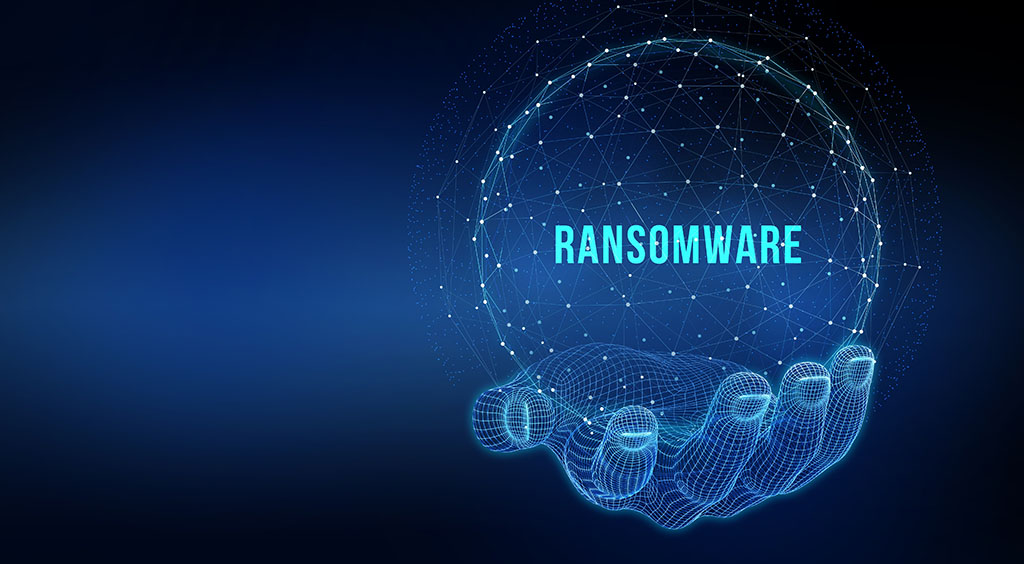
Dirty App: Cicada3301 Ransomware Emerges Targeting Companies – Automatic Removal Recommendations
A new and aggressive ransomware-as-a-service (RaaS) operation named ‘Cicada3301’ has recently been identified by cybersecurity researchers, raising alarms across global companies. According to a detailed analysis by cybersecurity firm Truesec, Cicada3301 may share links with the now-defunct ALPHV/BlackCat group, as both exhibit similar attack techniques and code structures. This ransomware group, which emerged in June 2024, has rapidly increased its number of victims and is now regarded as a significant threat to enterprises worldwide.
The Rise of Cicada3301
Cicada3301 began attracting attention in June 2024 when Truesec observed its operations, which initially targeted four victims. Since then, the group has expanded its reach, with more victims being listed on their blog. Operating as a traditional RaaS group, Cicada3301 facilitates double extortion by encrypting victims’ data and then threatening to leak it unless a ransom is paid.
Automatically Detect and Remove Ransomware Threats from Your Computer with SpyHunter
Is Your Computer Infected with Ransomware? Automatically Remove Ransomware Threats for FREE and Protect Your Computer with SpyHunter.
The group’s sophistication is evident in their tactics and the recruitment of affiliates, which began on 29 June 2024 through a post on the RAMP cybercrime forum. However, evidence suggests that Cicada attacks occurred as early as 6 June 2024, indicating that the group had been active before the formal recruitment drive.
Technical Analysis and Code Similarities
Cicada3301’s ransomware is crafted in Rust, targeting both Windows and Linux VMware ESXi hosts, making it versatile and highly effective against enterprise environments. Truesec’s report delves into the ransomware’s ESXi encryptor, highlighting several striking similarities with the ALPHV/BlackCat ransomware. Both ransomware strains employ the ChaCha20 encryption algorithm, use almost identical commands to disable virtual machines and remove snapshots, and share similar file-naming conventions for ransom notes.
Moreover, Truesec’s investigation uncovered a possible connection between Cicada3301 and the Brutus botnet. This botnet has been implicated in campaigns involving password guessing against various VPN solutions, such as Cisco, Fortinet, Palo Alto, and SonicWall. The Brutus botnet became active around the time ALPHV ceased operations in March 2024, suggesting a potential overlap or collaboration between these two groups.
Attack Vectors and Initial Access
The initial entry point for Cicada3301 ransomware attacks involved using legitimate credentials, either stolen or brute-forced, to log in via ScreenConnect. An IP address associated with the Brutus botnet, 91.92.249.203, was used in these attacks, indicating a close link between the botnet operators and the ransomware group. This connection, along with the timing of the Brutus botnet’s activities, points to a potentially coordinated effort between the two entities.
There are several theories regarding the origins of Cicada3301. One theory suggests that former members of the ALPHV group have rebranded themselves as Cicada3301 and collaborated with the Brutus botnet to enhance their ransomware attacks. Another possibility is that a different cybercriminal group acquired the ALPHV codebase and repurposed it for their own use, particularly after ALPHV’s source code was reportedly offered for sale at $5 million.
Expert Recommendations: Protecting Against Cicada3301
Given the sophistication of the Cicada3301 ransomware and its aggressive tactics, it is imperative for organizations to take proactive measures to safeguard their systems. Here are some expert recommendations:
- Strengthen Authentication Protocols: Since Cicada3301 and the Brutus botnet rely on stolen or brute-forced credentials for initial access, implementing multi-factor authentication (MFA) across all critical systems is essential. This adds an additional layer of security, making it more challenging for attackers to gain unauthorized access.
- Regularly Update and Patch Systems: Ensure that all software, particularly VPN solutions and virtual machine hosts, are regularly updated and patched to protect against known vulnerabilities.
- Monitor Network Traffic: Continuous monitoring of network traffic can help identify suspicious activities, such as unauthorized login attempts or the presence of known malicious IP addresses like those associated with the Brutus botnet.
- Implement a Robust Backup Strategy: Regular backups of critical data should be performed and stored securely offline. This ensures that even if a ransomware attack occurs, data can be restored without paying a ransom.
- Utilize Anti-Malware Software: Deploying a reliable anti-malware program is crucial for detecting and automatically removing ransomware threats like Cicada3301. Anti-malware solutions can help identify and eliminate the ransomware before it has a chance to encrypt files or cause significant damage. Regular scans and real-time protection features are vital components of any comprehensive cybersecurity strategy.
The emergence of Cicada3301 as a significant ransomware threat underscores the evolving landscape of cyber threats faced by global companies. With its aggressive extortion techniques and potential links to other notorious cybercrime groups, Cicada3301 represents a clear and present danger to enterprises worldwide. By following expert recommendations, including the use of anti-malware software, organizations can significantly reduce the risk of falling victim to this and other ransomware threats.
HOW TO REMOVE RANSOMWARE
Automatically Detect & Remove Ransomware Threats for FREE with SpyHunter.